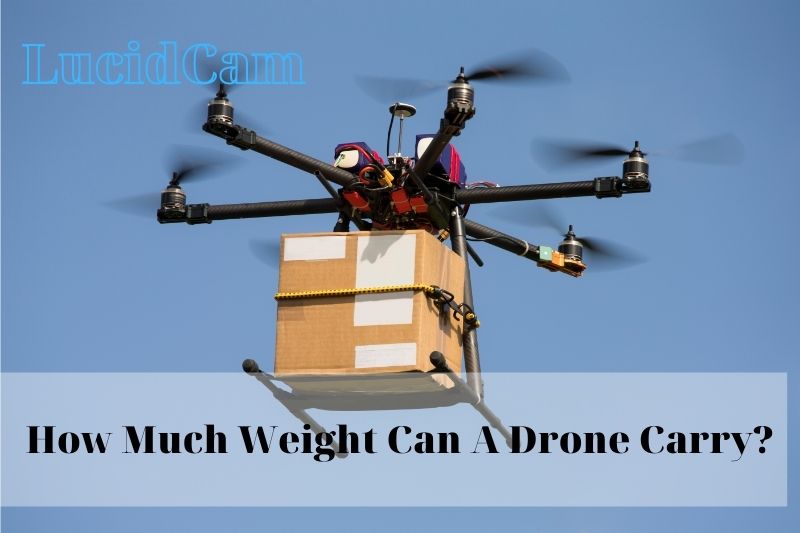How Much Weight Can A Drone Carry? When we discuss the entire world of drones (UAVs), the maximum weight a drone can take is expressed as “payload.” UAVs (Unmanned aerial vehicles) have proven to be very flexible and helpful, but payload capabilities are frequently a major limiting factor.
This is particularly true for micro aerial vehicles, which are showing promise in search and rescue missions. On the other hand, we’ve got professional drones which are designed to take additional weight. Let us see just how much weight the drone may take.
Table of Contents
- 1 How Much Weight Can A Drone Carry?
- 2 Factors That Explain How Much Weight Drone Can Carry
- 3 Hobby Drones For Carrying Weight
- 4 Professional Drones For Carrying Weight
- 5 Types of Drones And Weight They Can Carry
- 6 What’s The Future For Drones Carrying Payloads?
- 7 Application of Drone Carrying Capacity
- 8 Safety and Regulations
- 9 FAQs
- 10 Conclusion
How Much Weight Can A Drone Carry?
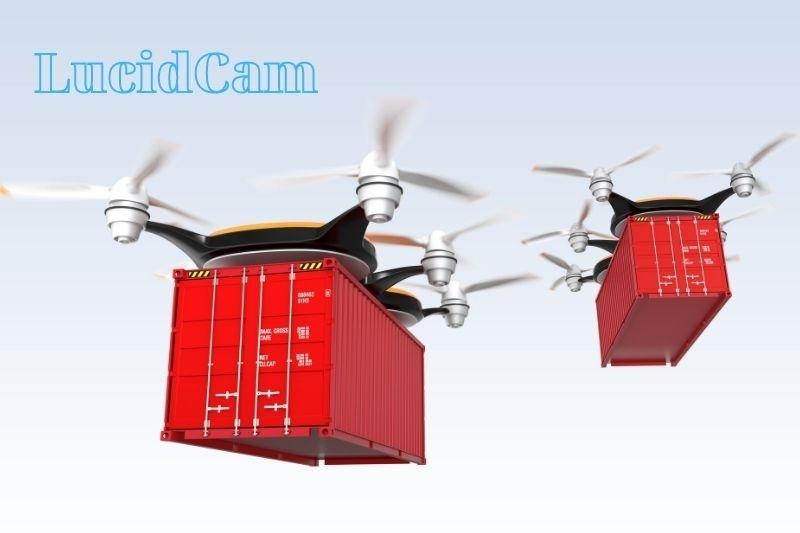
Drones, also known as unmanned aerial vehicles (UAVs), have become increasingly popular in recent years due to their versatility and ability to perform a wide range of tasks. One question that frequently arises among drone enthusiasts is how much weight a drone can carry. The answer to this question depends on various factors, such as the size and type of the drone, the type of payload it is carrying, and the drone’s power and lifting capacity.
In general, smaller drones with less powerful motors and smaller batteries can only carry lightweight payloads, such as cameras, sensors, and small packages. These drones typically have a maximum payload capacity of around 1-2 kilograms (2.2-4.4 pounds), which is suitable for most recreational and commercial applications.
On the other hand, larger drones with more powerful motors and bigger batteries can carry heavier payloads. For example, industrial drones designed for agriculture, construction, and surveying can carry payloads of up to 20-30 kilograms (44-66 pounds) or even more, depending on the specific model and configuration.
It is important to note that the weight of the payload can significantly affect the drone’s flight performance, including its stability, speed, and battery life. Therefore, it is essential to ensure that the drone is properly calibrated and that the payload is securely attached to the drone before takeoff.
In conclusion, the amount of weight a drone can carry depends on various factors, and it is crucial to choose a drone that is suitable for the intended application and payload. Additionally, it is essential to follow all safety guidelines and regulations when operating a drone to ensure a safe and successful flight.
Read also: What Is FPV Drone
Factors That Explain How Much Weight Drone Can Carry
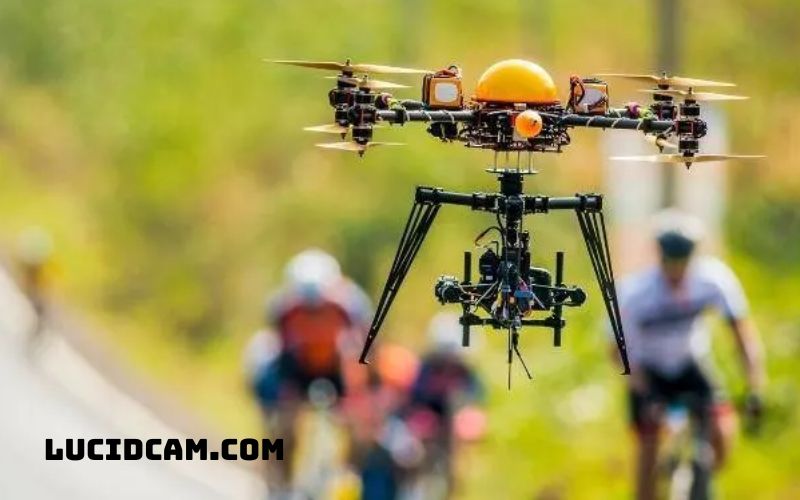
Several factors affect how much weight a drone can carry. These factors include:
- Drone size and design: The size and design of the drone play a crucial role in determining its payload capacity. Larger drones with more powerful motors and bigger batteries can typically carry heavier payloads.
- Motor power and lifting capacity: The power and lifting capacity of the drone’s motors are also essential factors in determining how much weight it can carry. Drones with more powerful motors can generate more lift and carry heavier payloads.
- Battery life: The battery life of the drone is another critical factor in determining how much weight it can carry. Heavier payloads require more power to lift, which can drain the battery faster and reduce the flight time.
- Payload weight and size: The weight and size of the payload being carried by the drone are also crucial. Heavier payloads require more lift, which can affect the drone’s stability and flight performance.
- Flight conditions: The flight conditions, such as wind speed and direction, can also affect how much weight a drone can carry. Strong winds can make it more challenging for the drone to maintain stability and lift heavy payloads.
- Altitude and temperature: The altitude and temperature can also affect how much weight a drone can carry. High altitudes and low temperatures can reduce the drone’s lifting capacity and battery life.
In conclusion, several factors affect how much weight a drone can carry. Understanding these factors is essential for choosing the right drone and payload for a particular application and ensuring a safe and successful flight.
Hobby Drones For Carrying Weight
Hobby drones, also known as recreational drones, are popular among drone enthusiasts for their ability to capture stunning aerial footage and perform fun and exciting maneuvers.
However, many hobbyists are also interested in using their drones for carrying weight, such as cameras, sensors, or small objects. While hobby drones are generally not designed for heavy lifting, some models can carry light payloads with careful modifications and adjustments.
The amount of weight a hobby drone can carry depends on several factors, including the drone’s size, weight, and design. Generally, smaller hobby drones can only carry lightweight payloads, such as small cameras or sensors, while larger drones may be able to carry slightly heavier objects.
However, it is essential to note that modifying a drone to carry weight can affect its flight performance, stability, and battery life. Adding weight to a drone can increase its power consumption, reducing its flight time and overall performance. Therefore, it is crucial to ensure that the drone is properly calibrated and balanced before attempting to carry any weight.
Several hobby drones are specifically designed for carrying weight and have higher payload capacities than typical recreational drones. These drones often feature more powerful motors, larger batteries, and stronger frames to support the added weight.
Some hobby drones even come with specialized gimbals or attachments that make it easier to carry specific payloads, such as cameras or other sensors.
See also: Where Can I Fly My Drone
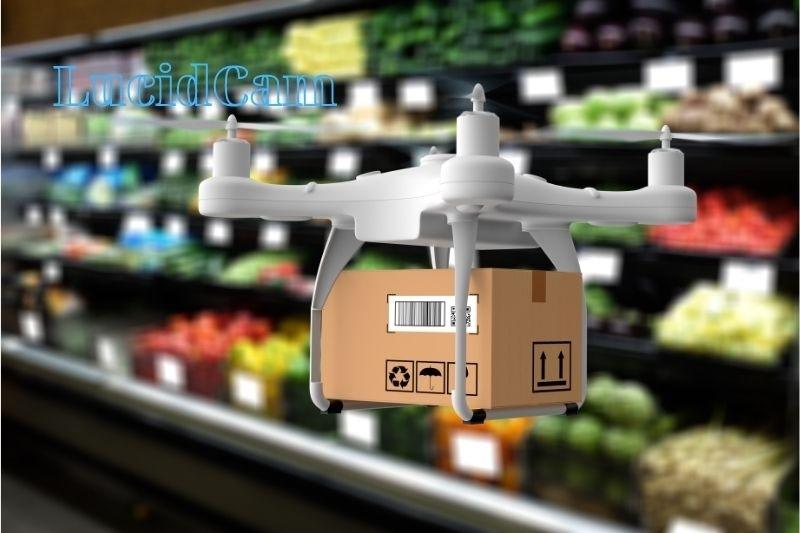
Professional Drones For Carrying Weight
Professional drones, also known as commercial or industrial drones, are designed specifically for carrying heavy payloads and performing a wide range of specialized tasks. These drones typically have high payload capacities, advanced flight control systems, and specialized equipment, making them ideal for use in a variety of industries, including agriculture, construction, and surveying.
Professional drones come in a range of sizes and designs, from small quadcopters to large hexacopters or octocopters. These drones are typically equipped with more powerful motors and larger batteries than hobby drones, enabling them to generate more lift and carry heavier payloads.
In addition to their advanced hardware, professional drones also feature sophisticated software and flight control systems. These systems allow the drone to maintain stability and flight control even when carrying heavy payloads, ensuring a safe and efficient flight.
Professional drones also come with a range of specialized equipment and attachments, such as gimbals, cameras, sensors, and even delivery mechanisms. These attachments enable the drone to perform a wide range of tasks, such as aerial mapping, surveying, inspection, and even cargo delivery.
It is important to note that operating a professional drone requires specialized training and certification, as well as adherence to specific regulations and safety guidelines. This is particularly important when carrying heavy payloads, as the weight can significantly affect the drone’s flight performance and stability.
Types of Drones And Weight They Can Carry
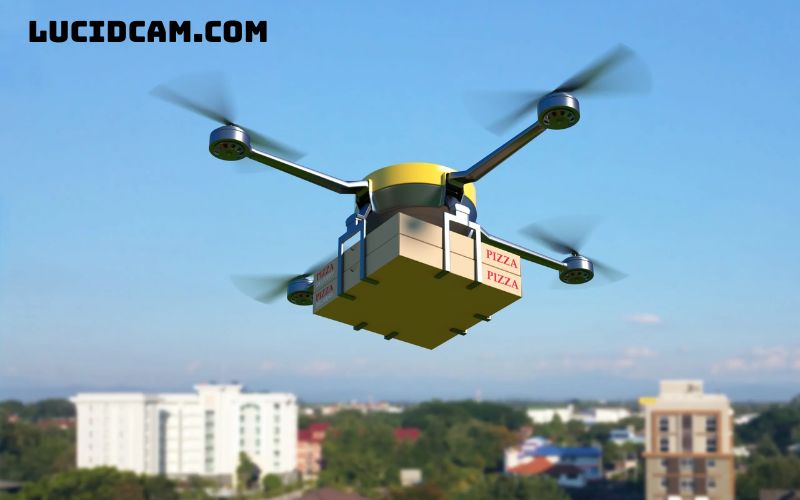
There are various types of drones available in the market, each designed for a specific purpose and with different payload capacities. In general, the weight a drone can carry is directly proportional to its size, motor power, and battery capacity. Here are the types of drones and the weight they can typically carry:
Trick drones
Trick drones are typically small, lightweight drones that are designed for speed and agility. These drones are commonly used in drone racing and aerial acrobatics, where their ability to perform high-speed maneuvers and flips is valued. Trick drones are not designed for carrying any significant weight, and their payload capacity is typically limited to a few ounces.
Prosumer drones
Prosumer drones are larger, more advanced drones that are commonly used for aerial photography and videography. These drones are typically equipped with high-end cameras and other specialized equipment, allowing them to capture stunning aerial footage.
Prosumer drones can carry a payload of up to 1-2 pounds, depending on the specific model and brand. This makes them suitable for carrying high-end cameras, 360-degree cameras, or other small sensors.
Heavy payload drones
Heavy payload drones, also known as industrial drones, are designed for carrying heavy payloads and performing specialized tasks. These drones are commonly used in industries such as agriculture, construction, and surveying, where their ability to carry heavy equipment is valued.
Heavy payload drones can carry up to 20-25 pounds, depending on the specific model and brand. This makes them suitable for carrying specialized sensors, delivery payloads, or other heavy equipment.
It is important to note that the weight a drone can carry is directly proportional to its size, motor power, and battery capacity. Larger drones with more powerful motors and larger batteries can generally carry heavier payloads.
Additionally, the specific model and brand of the drone can also affect its payload capacity, as some manufacturers offer specialized attachments and equipment that can increase a drone’s payload capacity.
In conclusion, understanding the different types of drones and their payload capacities is essential for selecting the right drone for a particular application.Trick drones are designed for speed and agility and can carry very little weight, while prosumer drones are larger and can carry a payload of up to 1-2 pounds.
Heavy payload drones are specifically designed for carrying heavy payloads and can carry up to 20-25 pounds. When selecting a drone for carrying weight, it’s important to ensure that the drone is properly calibrated and balanced to ensure a safe and successful flight.
- See more: How Much Is A Drone
What’s The Future For Drones Carrying Payloads?
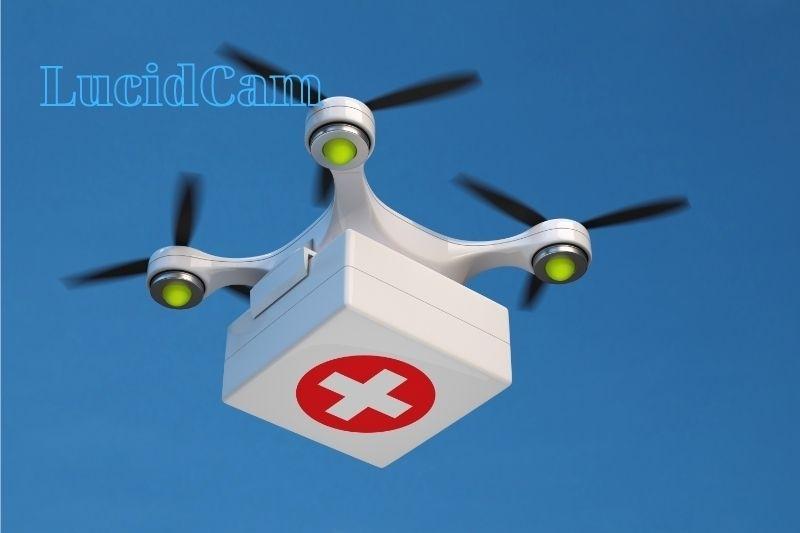
It is only a matter of time when Drones are going to have the capacity to get rid of the challenges people face daily. Drone delivery is inescapable. It is only a matter of time. When law loosens up, and the infrastructure is set up, we’ll be visiting drone deliveries for several functions.
Drones could allow a step change from the availability of regular physical products. Among the chief benefits of drones, deliveries will be rate. If you need something quickly, you probably want it delivered directly to you.
The potential would be to summon a product using a button onto your smartphone and, soon later, pluck it from the atmosphere right in front of you. The future possibly goes beyond incorporating advantages to internet shopping.
Pinpoint accurate delivery to some smartphones can improve the feasibility of life-saving programs for drones like EpiPen or defibrillator deliveries. For approximately ten years, when drone technologies will let us carry heavier loads for longer distances will alter everything.
Application of Drone Carrying Capacity
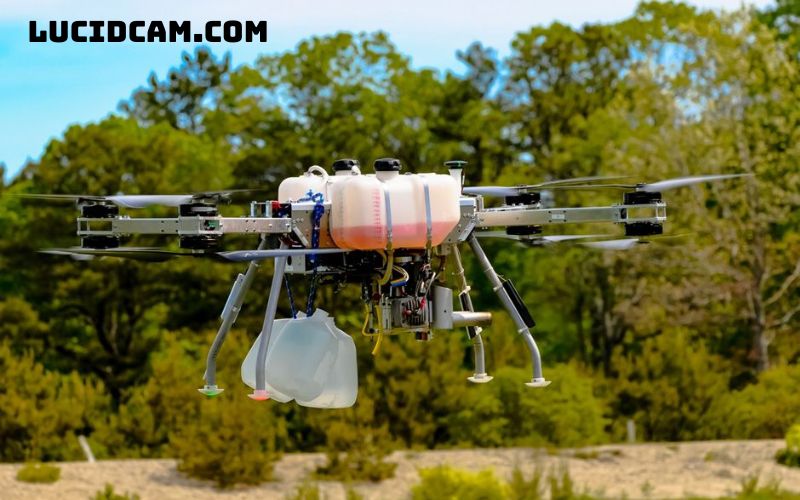
The payload capacity of a drone plays a critical role in determining its potential applications. Here are some of the areas where drones are being used with various payload capacities:
Photography and Videography
Drones have revolutionized the field of aerial photography and videography, allowing photographers and filmmakers to capture stunning footage from vantage points that were previously inaccessible. Prosumer drones with a payload capacity of up to 1-2 pounds are commonly used in this field, allowing photographers to attach high-end cameras or 360-degree cameras to the drone.
Delivery services
Drones are also being used for delivery services in various industries, including food delivery, medical supply delivery, and package delivery. Heavy payload drones with a capacity of up to 20-25 pounds are being used for this purpose, allowing companies to deliver items quickly and efficiently to their customers.
Agriculture and crop spraying
Drones are also being used in the agricultural industry for crop spraying and monitoring. Heavy payload drones with specialized spraying equipment and sensors can carry up to 20-25 pounds of liquid or powder, allowing farmers to spray their crops more efficiently and precisely.
Search and rescue operations
Drones are increasingly being used in search and rescue operations, allowing rescue teams to quickly and efficiently locate missing persons in difficult terrain.
Prosumer drones with a payload capacity of up to 1-2 pounds can be equipped with specialized cameras and sensors that can help search and rescue teams locate individuals in distress.
Construction and infrastructure inspections
Drones are also being used in the construction industry for infrastructure inspections, allowing engineers and architects to inspect buildings and other structures from various angles.
Prosumer drones with a payload capacity of up to 1-2 pounds can be equipped with high-definition cameras and sensors that can capture detailed images of structures, helping engineers and architects identify potential problems.
Safety and Regulations
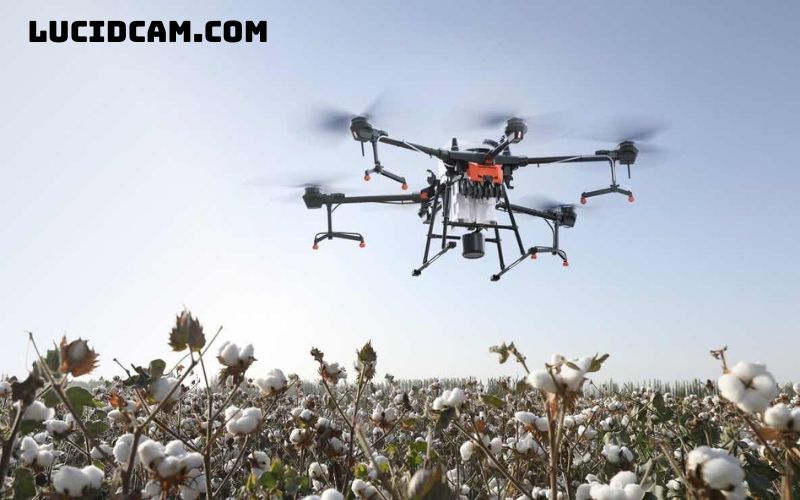
Safety and regulations are critical considerations when operating drones, particularly those with heavy payload capacities. Here are some important factors to consider:
Safety considerations for heavy-lift drones
Heavy-lift drones can pose a significant safety risk if not operated correctly. It is essential to ensure that the drone is properly calibrated and balanced and that the payload is securely attached to the drone.
It is also important to consider the environmental conditions, such as wind and weather, which can affect the drone’s stability and flight path. Additionally, operators should be trained in safe drone operation and should follow all recommended safety procedures.
Federal Aviation Administration (FAA) regulations
The FAA regulates the operation of drones in the United States, and there are strict guidelines that operators must follow. For example, drones must be registered with the FAA, and operators must obtain a remote pilot certificate before flying a drone commercially.
The FAA also has specific regulations regarding the maximum weight that a drone can carry, and operators must ensure that their drone complies with these regulations.
Liability and insurance considerations
Operating a drone with a heavy payload capacity carries inherent risks, and it is essential to have appropriate liability and insurance coverage in place.
Liability insurance can protect against accidents or damages caused by the drone, while insurance coverage can protect against damage to the drone itself. It is important to carefully review insurance policies to ensure that they provide adequate coverage for the specific application and payload capacity of the drone.
FAQs

Can a drone lift a human?
So Can a Drone Lift a Human? Yes, some drones are capable of lifting and carrying a human. These drones are called “heavy-lifting drones,” and they have great power and special motors. They are used for professional purposes and are not intended for commercial use.
Read also: https://www.dronetechplanet.com/can-a-drone-lift-a-human/
How much weight can Amazon drones carry?
The drones weigh 55 pounds and can carry packages weighing up to 5 pounds.
See more: https://www.mhlnews.com/transportation-distribution/article/22051164/amazons-new-delivery-drone
Can drones carry items?
Fortunately, technology has developed to a point where drones are no longer fragile machines incapable of lifting heavier objects. … But such powerful drones are not just limited to cameras. And they can also carry other serious things.
See also: https://www.dronesglobe.com/guide/heavy-lift-drones/
What are two cons of drone delivery?
Cons of Delivery Drones: Expensive Device: Delivery drones are still expensive because they are just introduced in the market. … Battery Defects: Drones can quickly drain their battery with just a few minutes. … Require Technical Familiarity: Operating a delivery drone provides a challenging task. More items…
See more: https://grinddrone.com/info/pros-cons-delivery-drones
Conclusion
We concluded that there’s not any definitive reply to the question of just how much weight a drone can take. So everything depends on the dimensions of this drone, its specifications, and its purpose.
As soon as we see how technology is growing fast with more lightweight and durable stuff, drones can evolve and take more loads later on. As we’ve mentioned in this guide, commercial drones available on the marketplace can take a range of weights from 4 g to 220 kilograms.
There are different ways in which you can improve and personalize to function payload requirements to your drone. One instance is when motors could be updated, as can the batteries. In addition, it can be improved by incorporating more rotors, such as helicopter drones.
With multiple rotors, you provide stability to the drone, which in certain situations can be handy to maintain the onboard technologies securely. However, among the most significant drawbacks in professional drones are flight time, which decreases by half from the weight, and the batteries continue briefly.
